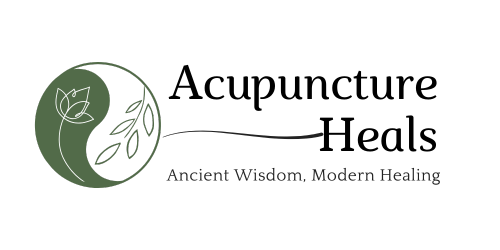Tea isn’t just soothing—it’s medicine in a cup.
In Traditional Chinese Medicine (TCM) and modern nutrition, certain teas help reduce inflammation, relax muscles, and ease pain. Here are five of the best, with their key pain-fighting ingredients and the best time to drink them.
1. Ginger Tea – For Cold Type Pain and Stiffness
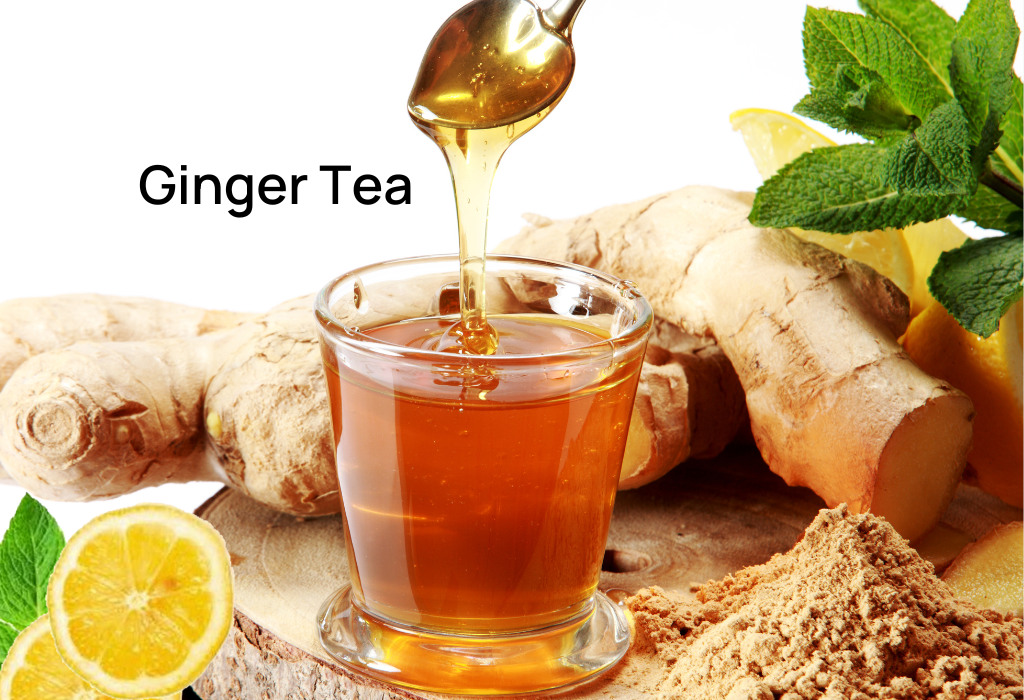
Why it helps: Ginger warms the body, reduces inflammation, and soothes muscle or joint pain.
Key ingredient: Gingerols — compounds with strong anti-inflammatory and analgesic effects.
How to enjoy: Slice fresh ginger and simmer in hot water for 10–15 minutes. Add honey and lemon for extra soothing.
Best time to drink: Morning or after meals to aid digestion and reduce inflammation throughout the day.
2. Turmeric Tea – Joint & Arthritis Relief
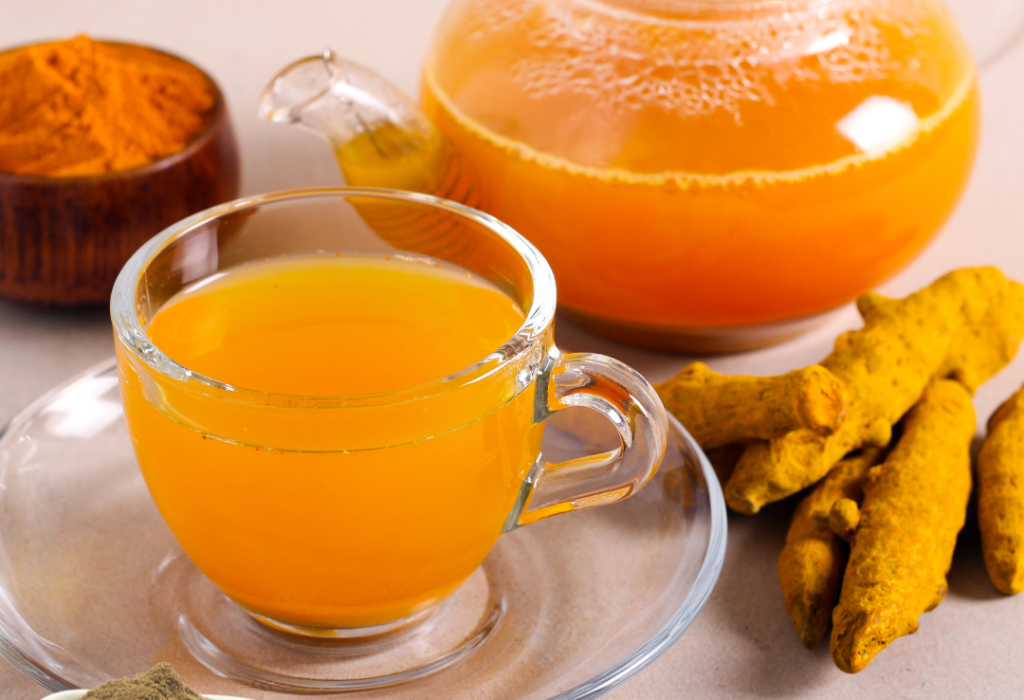
Why it helps: Turmeric reduces stiffness, supports circulation, and protects the joints.
Key ingredient: Curcumin — a powerful anti-inflammatory that helps with arthritis and chronic pain.
How to enjoy: Simmer turmeric powder or root with hot water. Add black pepper to boost absorption.
Best time to drink: Midday with a light snack or meal to improve absorption and keep joints comfortable.
3. Chrysanthemum Tea – Calms Headaches & Eye Strain
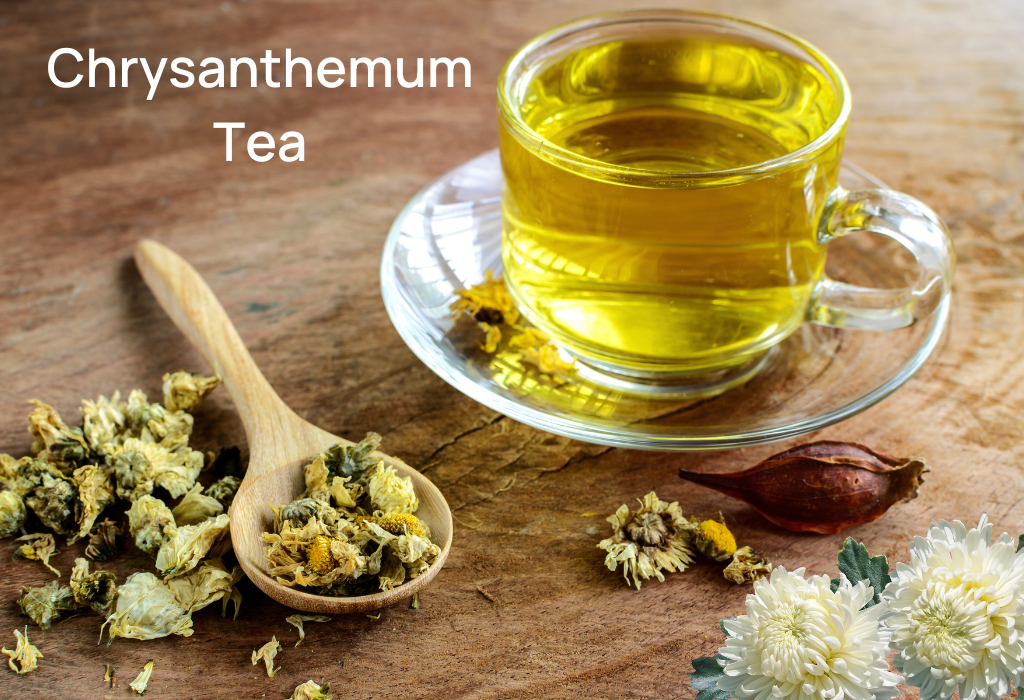
Why it helps: This floral tea clears heat, calms tension headaches, and relieves eye strain.
Key ingredient: Flavonoids — plant compounds that cool inflammation and relax blood vessels.
How to enjoy: Steep dried chrysanthemum flowers in hot water for 5–7 minutes. Drink warm.
Best time to drink: Afternoon or early evening to ease headaches and eye strain from a long day.
4. Green Tea – Muscle Recovery & Anti-Oxidant Power
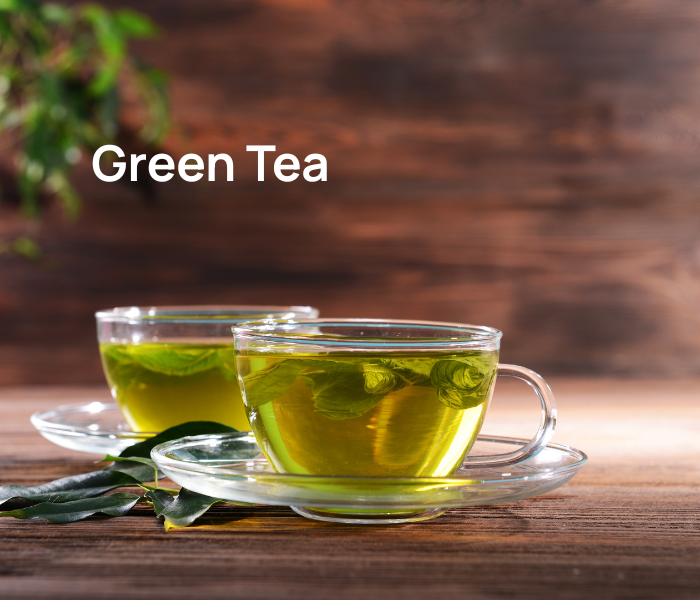
Why it helps: Green tea reduces inflammation and supports faster recovery after strain or injury.
Key ingredient: Catechins — potent antioxidants that fight free radicals and protect tissues.
How to enjoy: Steep green tea leaves for 2–3 minutes in hot (not boiling) water to avoid bitterness.
Best time to drink: Morning to early afternoon for a gentle energy boost without disrupting sleep.
5. Peppermint Tea – Relieves Spasms & Digestive Pain
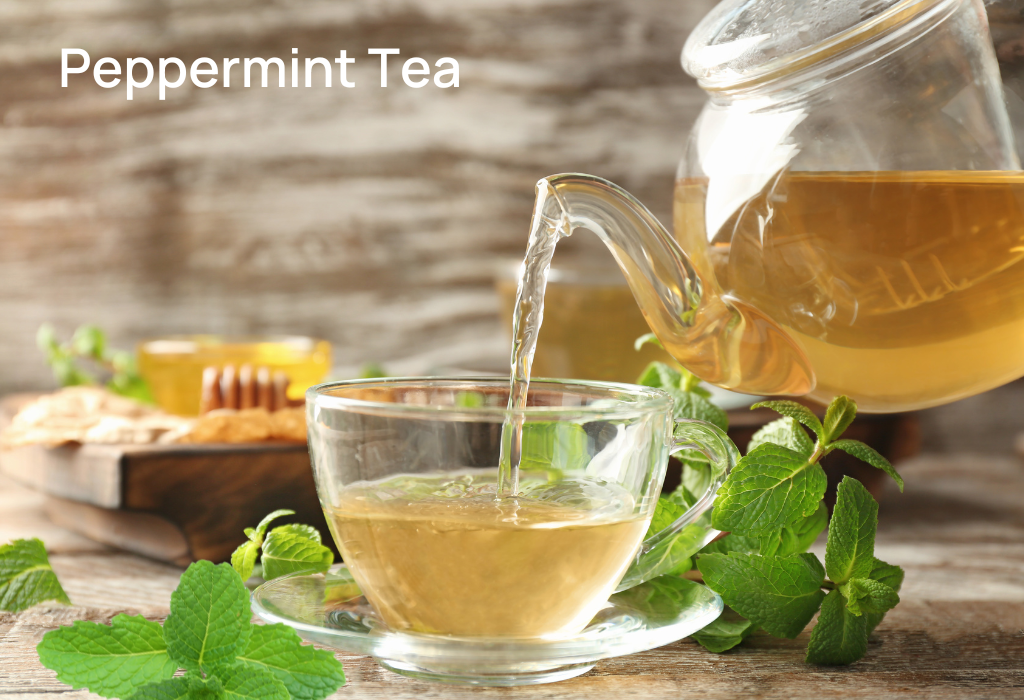
Why it helps: Peppermint relaxes muscles, calms spasms, and supports digestive balance.
Key ingredient: Menthol — relaxes muscles and eases cramping or tension.
How to enjoy: Steep fresh or dried peppermint leaves in hot water for 5–10 minutes. Drink warm.
Best time to drink: After meals or before bedtime to calm the digestive system and promote relaxation.
Final Thoughts
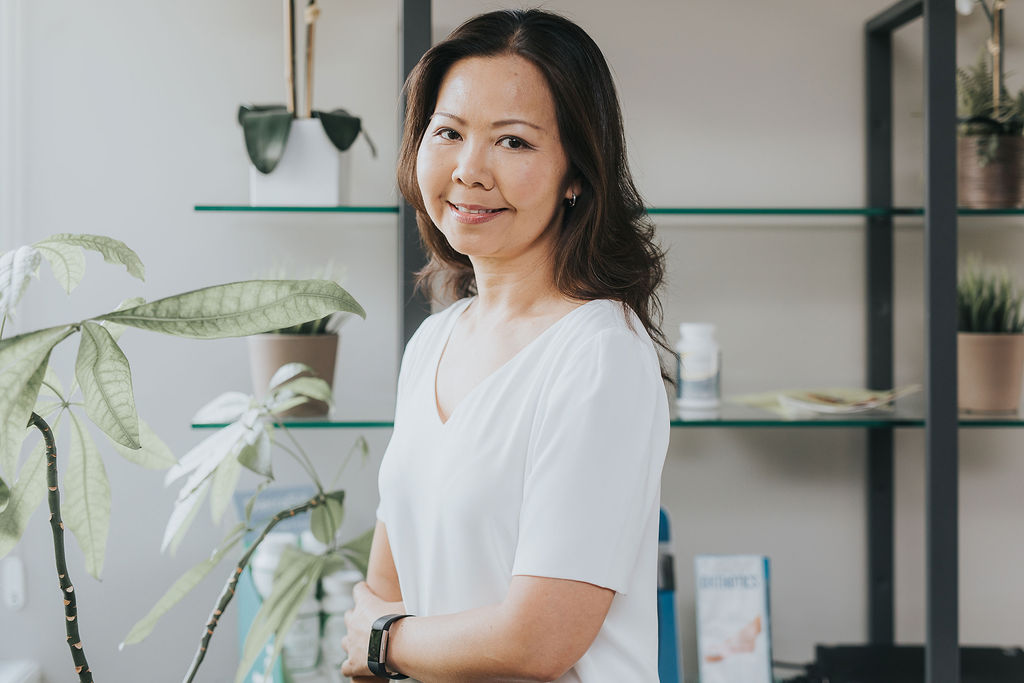
Pain relief doesn’t always come in a pill bottle. Teas can be a natural, gentle way to soothe discomfort and support whole-body health. To get the most out of them:
Steep well: Most teas should sit for 5–10 minutes (except green tea, 2–3 minutes).
Choose the right time: Ginger and peppermint work well after meals, while green tea is best earlier in the day.
Keep it warm: Warm teas support digestion and circulation better than iced.
By choosing the right tea at the right time of day, you can nourish your body, calm inflammation, and ease pain—one soothing sip at a time.
Want even more natural relief? Pair these teas with acupuncture to target pain at its root.
👉 Book your appointment today at Acupuncture Heals or call (647) 496-3350.
Stay Connected between Visits
✨ Want weekly TCM-inspired tips you can use in everyday life for more balance and better health? Follow us on Instagram and Facebook to stay inspired and informed all month long.
💚 Thank you for being part of our clinic family. Whether you see Dr. Andre, myself, or both of us, know that we’re here to support you—season after season—with compassion, care, and healing rooted in tradition.
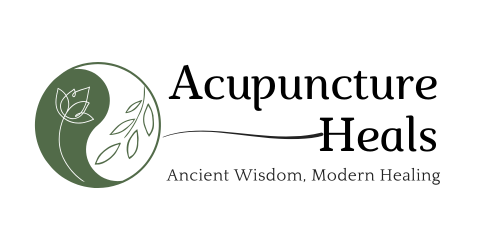
📞 (647) 496-3350
📍 3197 Dixie Road, Mississauga, ON L4Y 2A7
🕒 Office Hours:
Mon, Wed: 8:00am–12:00pm & 3:00pm–7:00pm
Sat: 8:30am–11:30am
Disclaimer: The information on this website is for educational purposes only and should not replace professional medical advice.
© 2025 Acupuncture Heals. All rights reserved.
